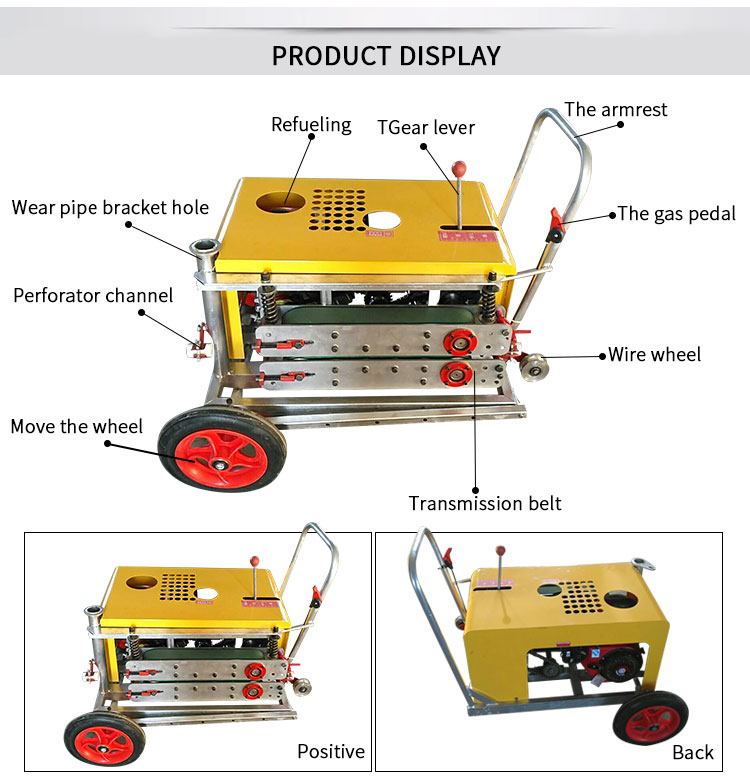
In the face of global mercury-restricting actions, Shaanxi strictly controls the approval of new PVC projects for the production of PVC by the calcium carbide process. The chlor-alkali enterprises implement a low-mercury catalyst replacement plan and specifies prevention targets and measures to promote the prevention and control of mercury pollution in the production of PVC by the calcium carbide process and related industries. . This is what the reporter learned from the Environmental Protection Department of Shaanxi Province on June 15.
Limiting mercury emissions has become a global trend. China's calcium carbide production of PVC uses mercury chloride catalyst as a catalyst, mercury consumption accounts for approximately 60% of the total mercury used in the country, and its upstream and downstream mercury catalyst production and waste mercury catalyst utilization and disposal will become important areas for mercury pollution prevention and control. .
According to the survey results of mercury pollution emission sources, there are currently 11 mercury emission sources in Shaanxi Province, involving raw mercury production, thermometer production, calcium carbide process polyvinyl chloride production, and lead and zinc smelting in four industries. Crude mercury (99.7%) annual production About 600 tons. Among the calcium carbide producers that are in operation are Shaanxi Shaanxi Beiyuan Chemical Group Co., Ltd. and Shaanxi Jintai Chlor-Alkali Chemical Co., Ltd., and in 2011, the output of PVC was nearly 450,000 tons.
It is understood that in order to reduce mercury emission pollution, the two PVC enterprises started implementing a low mercury catalyst replacement plan last year. Jintai chlor-alkali company selected 15 tons of environment-friendly low mercury catalyst in its production plant in March 2011, and began operating tests in July of the same year. The current trial has made substantial progress and is gradually replacing high-calcium catalysts in order to use all low-mercury catalysts in 2014. Beiyuan Chemical signed a low-mercury catalyst technical cooperation agreement with Guizhou University and Guiyang Baiyun Yinxing Chemical Co., Ltd. in June last year to optimize low-mercury high-performance catalyst formulations and prepare low-mercury catalysts suitable for its production requirements. The company is currently piloting the use of low-calcium catalysts and plans to begin trials of newly developed low-mercury catalysts in 2013.
It is understood that the two companies have used mercury decontamination in the production process, high-efficiency recovery of vapor-phase mercury, and sodium sulfide treatment of mercury-containing wastewater and other mercury pollution control technologies. Jintai Chlor-Alkali Chemical Co., Ltd. through technical research, research and development of chelating resin method deep mercury wastewater treatment process, annual treatment of 6000 tons of mercury-containing sewage, can further reduce the mercury content of wastewater, and mercury in wastewater through flocculant recovery. The pilot project has been completed and is being commissioned. It is expected to be put into use. It is expected that the amount of mercury in wastewater will be reduced by 2 tons per year.
It is reported that Shaanxi Provincial Department of Environmental Protection strictly controls the approval of new, modified, and expanded calcium carbide polyvinyl chloride (PVC) construction projects. Since the beginning of last year, there has been no EIA approval and filing of a calcium carbide process to produce PVC new construction projects. Recently, the Shaanxi Provincial Department of Environmental Protection issued the "Circular on Enhancing the Prevention and Treatment of Mercury Pollution in the Production of Polyvinyl Chloride and Related Industries by the Calcium Carbide Process", requesting the calcium carbide process for the production of PVC enterprises to step up the implementation of the low-mercury catalyst replacement plan and implement mandatory cleaner production in accordance with the law. The review and information disclosure system strengthened the supervision of environmental disposal of mercury-containing wastes, and organized inspections.
Cable tractor is an electric machine for laying power cable (or communication cable).It can be used with cable tractor, hoist and other cable laying machine, which can save man power and material greatly and reduce construction cost effectively.

Product Display:
Quick Detail of Cable Tractor:
| Traction | >300KG |
| Pulling Speed | 1m -1.6 m/s |
| Outlet opening size | 5mm*45mm |
| Belt Size | 1000m*60mm |
| Engine Gasoline Tank | 4L,(92#,93#Gasoline) |
| Total Power | 4.3KW |
| Machine Size | 80*60*80cm |
| Machine Weight | 90KG |
| Line Bracket Dimension |
Out diamerer:110cm Inner Diameter:85cm |
| Suitable Diameter Of Cable | Cable wire rope,Cable steel |
Cable Tractor,Porter Cable Tractor,Porter Cable Lawn Tractor,Cable Tractor For Cable Pulling
Hebei Long Zhuo Trade Co., Ltd. , https://www.hblongzhuo.com